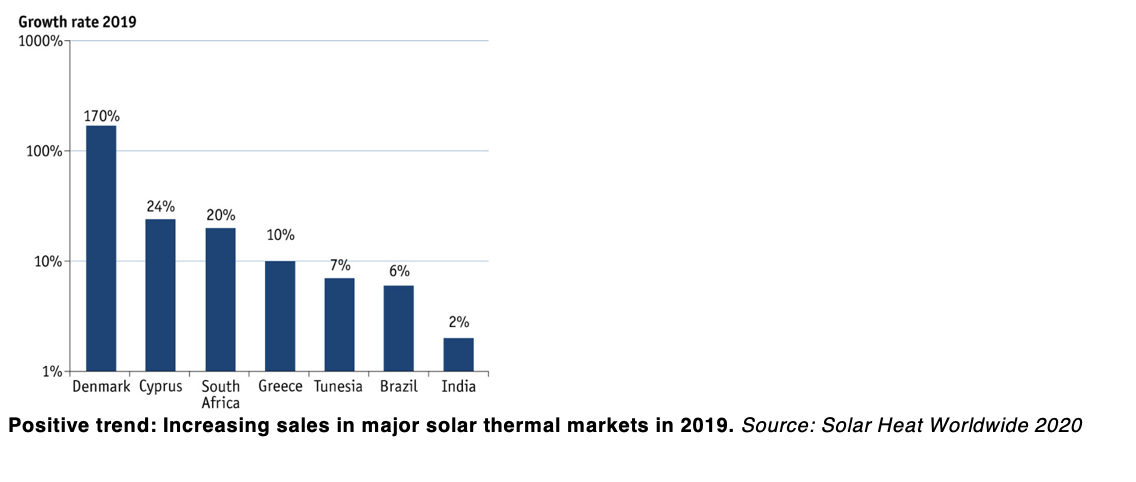What's needed is more solar-charged batteries, not more peaker plants
Some headlines and quotes from experts erroneously lay blame for the recent blackouts on solar energy. This couldn't be further from the truth. In fact, solar energy technologies did exactly what solar energy can be relied upon to do: generate tons of energy on hot sunny days! In fact, if not for all the solar power on the grid this past weekend, the outages would have likely lasted far longer and been more widespread.
The blame should be laid at the feet of the fossil fuel industry who had power plants fail to produce when they were most needed. The idea of building more peaker plants, or prolonging the life of the old plants, is a recipe for more energy outages in the months and years ahead.
Moving beyond blame, what is really needed is more solar energy, not less, combined with more batteries to cover evening peak. The state is not doing enough on this front.
The chart below based on August 14, 2020 CALISO data demonstrates this point.
August 14, 2020 Statewide Load With and Without Local Solar and Energy Storage
Since the last electricity crisis in 2001, California has built 9 gigawatts (GW) of local solar energy at over a million customer sites throughout the state. Without those systems helping lower peak demand on hot summer days, such as August 14, 2020, the strain on the state’s electric grid would have been much greater, as portrayed in the yellow line of actual total energy usage. The red line depicts CAISO’s visibility on electricity demand. Because the electricity generated by behind-the-meter solar systems is consumed entirely on local circuits, CAISO data does not reflect the contribution of local solar and storage to the state's energy picture.
If California builds 3 GW of additional energy storage systems at customer locations that can be dispatched during grid shortages, it would further trim evening peak needs. This is shown in the figure as the dotted blue line. CALSSA estimates the state can achieve this level of build-out within the next five years with state policies.
What is interesting to those of us who were around for the previous rolling blackouts is that California’s electricity needs still peak in the late afternoon, around 3pm. All the solar we've installed on the grid via NEM interconnected systems has had a significant effect of lowering peak demand, and shifting it into the evening hours. Because CALISO only manages the centralized grid and no other energy regulator (CEC or CPUC) has stepped in to communicate the complete picture, the public is left thinking Californians use more electricity at 6pm than we do at 3pm. The problem with this is of course it gives the impression that solar energy is either not doing its job or it is irrelevant to today’s energy needs (or both!). Nothing could be further from the truth. We do, of course, have an evening peak which requires more energy storage, not more fossil plants.
This is the message CALSSA is pushing out to the public, policy makers, and the media. Please follow us on on various social media platforms (Twitter, Facebook, LinkedIn) to share this content and spread the word.
…
This article also appeared as an op-ed in PV Magazine, you can view it here.




